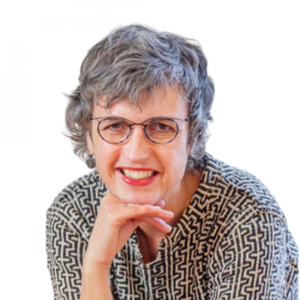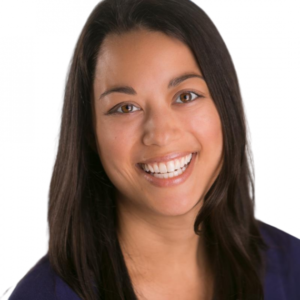The stakeholders who are part of the sector will also have to be part of the solution—NNGOs, INGOs and funders. We think the solution has to be looked at from all three perspectives, hence the three reports. But the goal was to paint a picture. What are we seeing? How are we showcasing what others are saying?
You said “we are inherently practical” because Humentum is about organizations operating models. What are the components of an operating model?
There are four components when you think about how an organization operates. The first is structure—we call it institutional architecture. How is an organization organized? Where’s the leadership and governance? The second is people and culture. Who are the people making the work happen, and how are they being treated? What’s the environment like? Funding and financial sustainability is, of course, a big one. And then risk and compliance.
At the end of the day, the change will come down to these really practical areas.
The core terms used across the three reports are equitable, resilient, and accountable (ERA). Why ERA and why not something else?
First, what is interesting and useful about ERA as a framework is that, for me, it’s both a destination and a process. We collectively aspire to an equitable, resilient, accountable development sector, but we won’t be able to get there if we don’t use those as the process. So, everything we are doing from here on out should be viewed through that lens.
You can call it a set of guiding principles, you can call it a framework, but for me, it’s both the vision and how we will get there. Frankly, they’re fairly broad buckets that many organizations with their own set of principles or values could probably resonate with.
Why is being resilient as a civil society organization an important driver for equity?
Right now, many organizations are doing deep introspection and reflection about their role in the sector. I know INGOs are at least. I’m part of a number of initiatives and conversations around that. And part of that role is thinking broadly at a mission and a vision perspective to say, is the role that we’re playing, is our value proposition relevant, legitimate? Is it sustainable? And that all falls under that bucket of resilience. So yes, we need to be financially sustainable, and yes, our people at all levels have to be given the agility and the change management capabilities. But also, is the work we’re doing going to be relevant, legitimate, and sustainable five, ten years from now?
Particularly when it came to the survey, did you see organizations in the interviews or in the survey or in the convenings respond differently or have a different capability to move towards greater equity, accountability, and resilience than the smaller ones?
I think the short answer to your question is I don’t know that there is any one factor that’s going to make it easier for an organization to make these changes than others. I think if I had to say anything, it would probably be the broad bucket of resources. So that could be time; oftentimes it’s money. We didn’t look at this, so this is purely anecdotal, but organizations that have more flexible or unrestricted funding have greater ability to invest in some of these operational systems, structures, processes, than those who don’t, which is the whole concept of the starvation cycle.
How do you try to make sure that what Humentum will offer is complementary to and not overlapping with, or cross purposes with, other groups like the RINGO Project, for instance.
There are many initiatives out there who all are doing fabulous work, and we have relationships and are in conversations with most of them. What I have said from the beginning is this is a big enough, complex enough problem for all of us. And we all come to the problem with our own unique perspective. And as long as everyone’s doing what they can within their sphere of control, I think we can all be complementary. But yes, 100%, we should not be reinventing the wheel, and we should be collaborating as much as possible. And I think what Humentum brings specifically is that strategic operations piece.
Where do you see the biggest potential for implementation of your recommendations, and where do you see the biggest obstacles?
One of the biggest barriers and potential opportunities will be in the funding space. How we get ourselves out of this starvation cycle, how we don’t just shift where the power is, but change how things work. So, we’re not just shifting dysfunctional mechanisms, which is probably the short answer. But the longer answer to what needs to happen next is that, as I said earlier, pressure is slowly building towards systemic change.
On the good side, these islands of innovation are happening in this sea of traditional development. Everyone, no matter which stakeholder group you belong to, must lean into their power to contribute in their own way.
But my big takeaway is that we will not snap back to the old way of doing things. That ship has sailed. But we are also not guaranteed to move forward. And so, it is everyone’s responsibility to contribute to this change.
——
View our Collective Journey Series:


